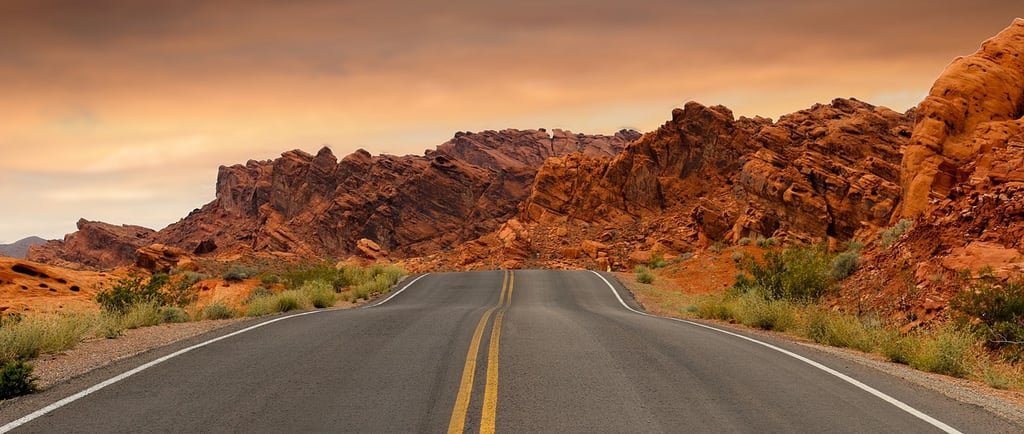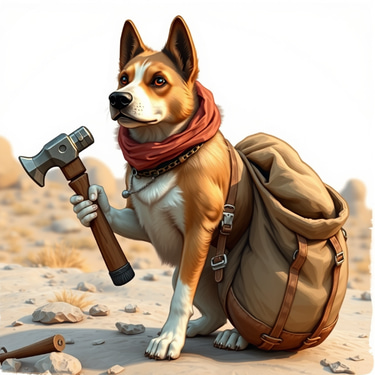Rockhounding in the United States: Where Adventure Begins
The Adventure Begins
Larry Foss and AI
8/20/20252 min read


Rockhounding in the United States: Where Adventure Begins
Rockhounding is more than just picking up rocks—it’s the thrill of discovery, the joy of learning, and the adventure of exploring the great outdoors. The United States is one of the best places in the world for rockhounds, offering an incredible variety of minerals, gemstones, and fossils just waiting to be found. Whether you’re brand new to the hobby or a seasoned collector, the U.S. has something for everyone.
A Brief History of Rockhounding
For centuries, people have been drawn to beautiful stones. Native Americans valued obsidian for tools and turquoise for decoration. Early settlers collected quartz, garnet, and agate while exploring new territories. Today, rockhounding continues that tradition, blending science, history, and a love of nature.
The Best Rockhounding Regions in the U.S.
Every part of the country offers something unique:
Southwest (Arizona, New Mexico, Nevada): Famous for turquoise, agates, jasper, and petrified wood. The deserts here hold colorful treasures if you know where to look.
Pacific Northwest (Oregon, Washington, Idaho): Known for thundereggs, obsidian, and beautiful agates. Oregon’s Glass Buttes is a dream for obsidian hunters.
Midwest (Michigan, Wisconsin, Minnesota): Home to Lake Superior agates, fossils, and copper nuggets. Collecting along lake shores is especially rewarding.
Northeast & East Coast (Maine, New York, North Carolina): Known for garnets, quartz, and emeralds. North Carolina even has gem mines open to the public.
Rocky Mountains (Colorado, Montana, Wyoming): Rich in sapphires, topaz, quartz, and gold-bearing rocks. Montana sapphires are world famous.
Know the Rules Before You Collect
Rockhounding is fun, but it comes with responsibilities. Some lands are open for collecting, while others are strictly off-limits.
National Parks: Collecting rocks is prohibited.
National Forests and Bureau of Land Management (BLM) lands: Often allow small-scale collecting for personal use.
Private Land: Always ask for permission from the landowner.
State Parks and Reserves: Rules vary—check local regulations first.
Doing a little research before heading out saves you trouble and protects these natural treasures for future generations.
Tips for Responsible Rockhounding
Leave the area as you found it—fill holes, respect nature.
Collect only what you need, don’t strip an area bare.
Keep a journal or map of where you found each specimen.
Always wear safety gear—rocks can be sharp and heavy.
Why Rockhounding is Worth It
Beyond the thrill of finding a sparkling crystal or a perfectly patterned agate, rockhounding connects you with nature in a deep way. Each stone tells a story that’s millions of years old. It’s a hobby that brings families together, encourages exploration, and rewards patience with beauty.
So, grab your rock hammer and bucket—it’s time to see what treasures America has in store for you!
